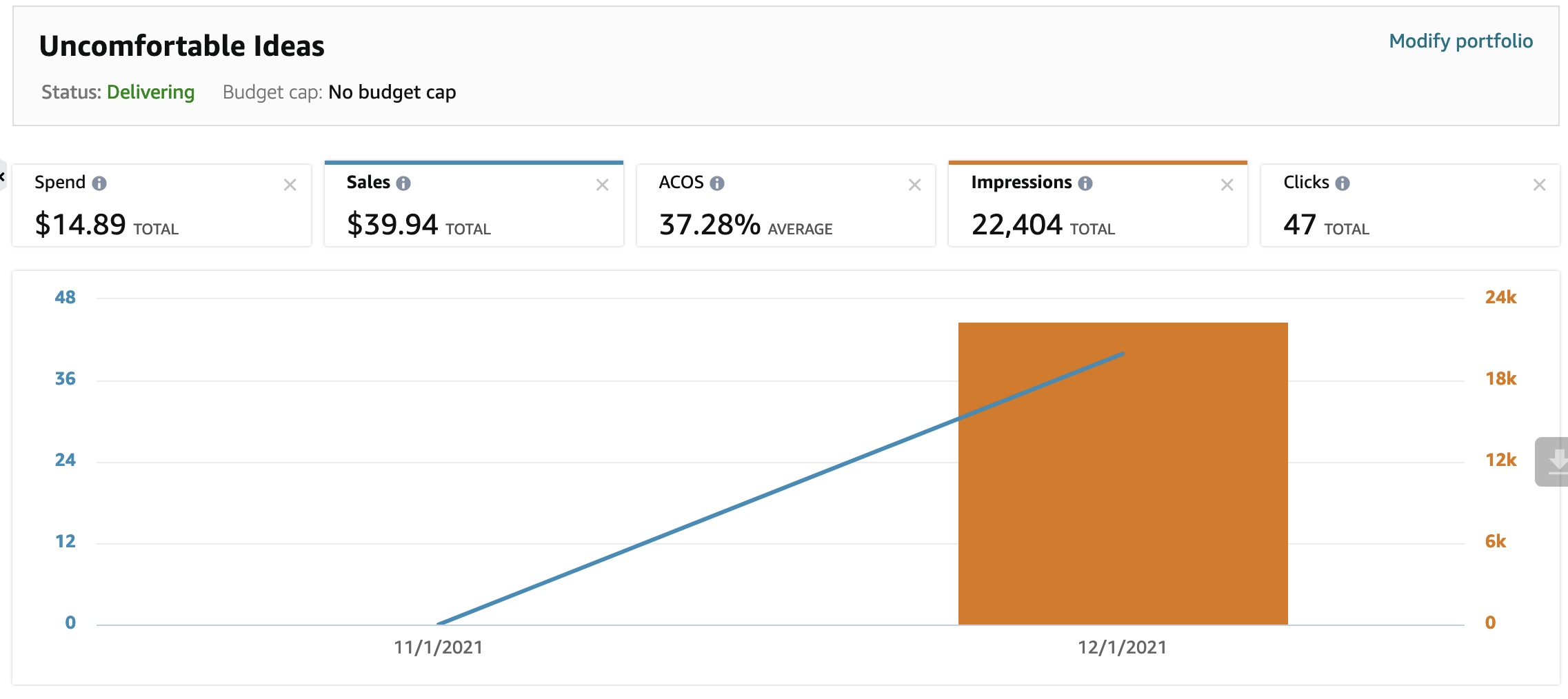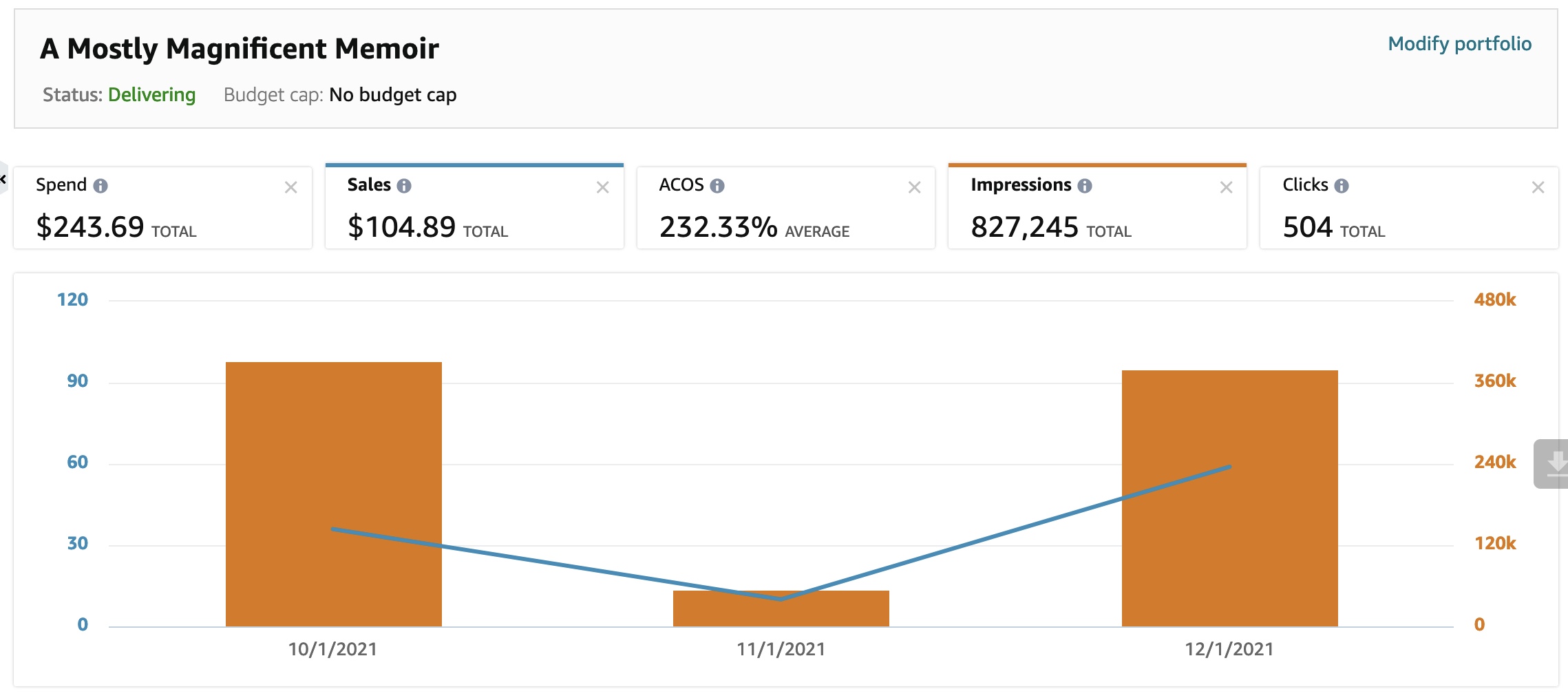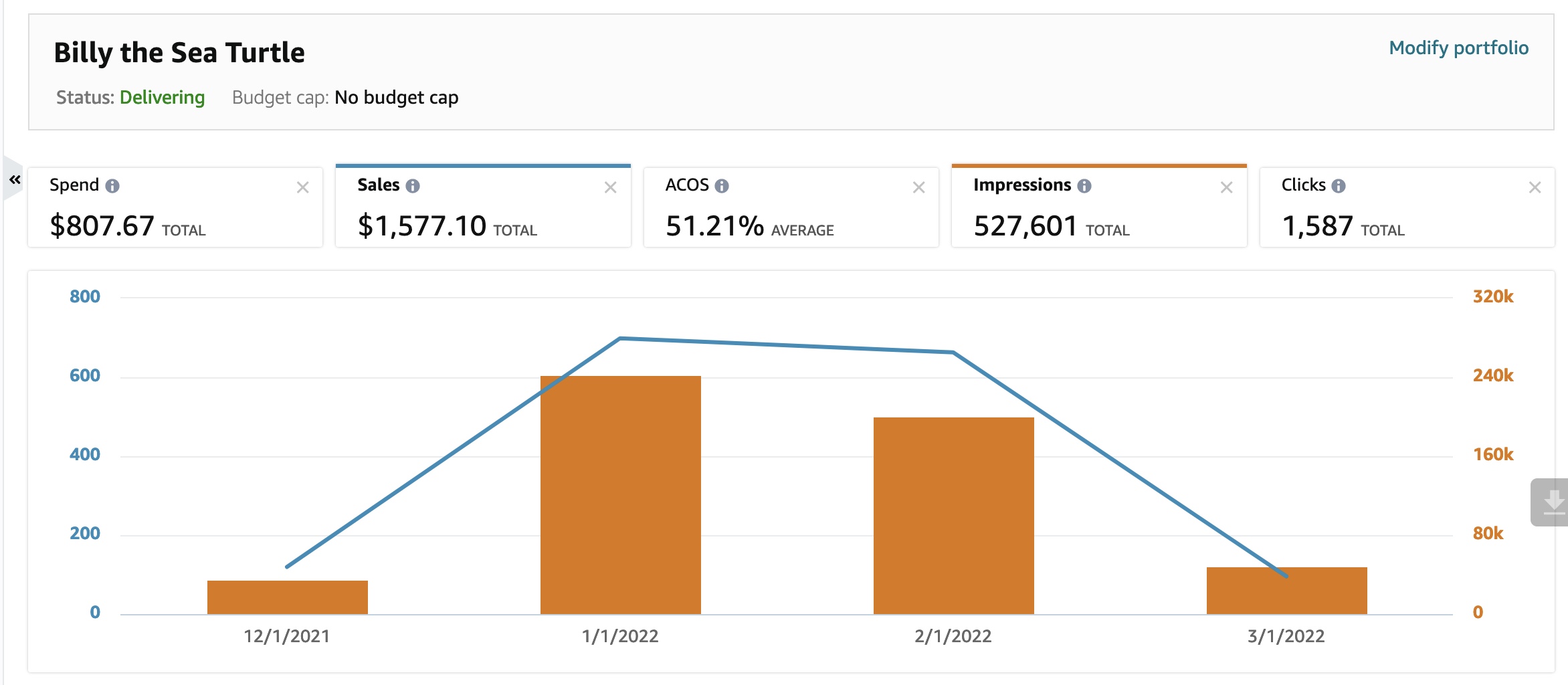Amazon Ads for Books: Are They Worth It?
November 08, 2024Categories: Strategy, Industry Insider Secret

BookMarketing.pro Blog and Podcast with Tyler Kirk
Join us for inspiring success stories, expert insights, and actionable strategies that drive book sales and author visibility. BookMarketing.pro dives deep into the world of book promotion with interviews from top industry insiders, marketing veterans, and successful authors. Whether you're self-published or traditionally published, our blog and podcast offer the latest tips, creative tools, and insider secrets to help you reach your audience and turn your book into a bestseller. Tune in and take your book marketing to the next level!
You see them all the time. "Sponsored Products" on sales pages of books that you buy. They are there to entice you to click on the book, and buy that book instead (or in addition to) the book you were looking at originally. They are even on your sales page with Amazon. Ads that lure your prospective readers away from your book and to their books. You can fight this self-publishing atrocity by running your own sponsored ads. But is it worth it? The answer is, it depends.
Several years ago, Amazon introduced their sponsored products program for both books and other products they sell. Since then, Amazon has made "a few dollars" from this, and so have many advertisers, including authors who self-publish their books with Amazon. However, authors have also lost small fortunes because they don't quite understand the math. This article is not about bidding strategies or using the right keywords; it is about learning how to know when you are making money and when you are losing money with Amazon's advertising for authors.
First, let me make it clear that few books do well with Amazon advertising. We can make your sales page look fantastic, create a terrific advertising strategy, and your book can be a literary masterpiece and for some reason that is only known to the Amazon gods, your campaigns will not be profitable (i.e., you will spend more money then you make in royalties from the campaigns). At BookMarketing.pro, we tell our clients that with just $300 in ad spend and 30 days, we can tell if their book will be one of the ones that won't work, or one that will. There is no need to spend more money or take more time.
Don't Waste Your Money On Amazon Advertising IF...
Before we suggest trying to advertise a book on Amazon, we suggest checking the following:
- The price of the book (to make sure there is enough profit to justify the ads)
- If there are multiple versions (e.g., ebook, print, hardcover, audio)
- If the book is part of a series and it is linked to other books in the series
- If there is an Amazon author page
- If the book has an attractive cover
- If the book has an enticing description
- If the book has enough great reviews
- If the book takes advantage of Amazon's A+ content
Your book does not have to be perfect in all these areas, but lacking in most of these areas will almost certainly result in an unsuccessful ad campaign. If your book lacks in these areas, we will encourage you to fix your book presentation (or have us do it for you) first before advertising.
How To Determine If Your Campaign Is Profitable Or Not
Amazon Ads are one of the few marketing strategies where you can tell how much you are making as a direct result of the advertising. But it is not perfect, as we will see in a bit. Amazon provides an excellent way to track sales that directly result from prospective readers clicking the ads. The problem is, "sales" is not "profit." If you sell an ebook on Amazon for $9.99, Amazon takes 30% (maybe more if it is a large file and they charge you a "delivery" charge). If you are using a distributor for your ebooks, then they may take a percentage of the royalties. So let's say
$9.99 is the retail price of your book.
$2.99 is the 30% that Amazon takes.
$1.05 is the 15% of the net profit your distributor takes.
-----------
$5.95 is your net profit for ebook sales.
Assuming you are just selling ebooks, if you spend $100 on Amazon Advertising and make $110 in sales, you are actually losing $34.48 per month. This is because you are making $65.52 in net profit - you don't get to keep 100% of the sales.
If you sell paperback or hardcovers through Amazon KDP, the difference between the posted sales and net profit can be even more dramatic, because the profit for print books is typically much less than ebooks. Let's say
$34.95 is the retail price of your Amazon hardcover book.
$30.00 is what Amazon keeps for printing cost.
$.74 is the 15% of the net profit your distributor takes.
------------
$4.21 is your net profit for hardcover sales.
Now, if you still spent $100 and Amazon shows $104.85 in sales and all the sales were from hardcover books (3 books), you are actually losing $87.37 ($100 spend minus $12.63 in net profit). Yikes!
Typically, if you sell both paper books and ebooks, you will sell about 50% of each, so you can use this ratio to get a good estimate of what your average profit would be. In our example above, it would be $5.08 per book sold (the average of $5.95 and $4.21). This means, if Amazon tells us that as a result of our $100 spend, we sold 12 books, we can estimate that we made $60.96 in royalties and are still about $39 short of breaking even.
Don't forget to factor in advertiser fees. Even in the most successful campaigns, profits are razor thin. Companies that offer Amazon ad management will charge for their services (of course). You need to subtract this fee from your profits.
Hidden Profits: What Amazon's Reporting Doesn't Show
Although the numbers might seem discouraging at this point, there are "hidden profits" to be found—this is what I meant when I wrote earlier that Amazon's reporting is "not perfect."
- Sales Through Ingram. If your paperback or hardcover book is being sold through Ingram (also known as Lightning Source or Ingram Spark) these sales won't show in the reports. You need to look at your reports from Ingram and see how your sales might have been affected by the advertising, and add in those net profits.
- KENP Royalties. If your book is exclusive with Amazon, you should be making some money with KENP royalties. Again, Amazon doesn't show these in the advertising reports.
- Other Books Sold. Acquiring a new reader can mean many times the profit of one book if the author has several books. This is one of the main reasons that campaigns that appear to lose money can actually be quite profitable for the prolific author with several titles.
- More Reviews. On average, about one out of 30 readers will leave a review. Good reviews are quite valuable and should be considered.
- Exposure. Thousands of readers will see your ad and even those who don't buy will click on your ad and browse your sales page. They might even save your book to purchase later. The more they see your book, the more likely they are to buy.
Concluding Thoughts and Examples
Here are some actual examples for three of my books (one is actually my daughter's).

My book, Uncomfortable Ideas, was off to a good start. This book works well because it is controversial, and there are many keywords that attract clicks. UPDATE: This quickly tanked after a few weeks. Amazon seems to favor new ads, but as soon as the bids are lowered to reasonable amounts, they stop serving ads. Out of curiosity, over the months that followed, I had two separate companies that had excellent ratings in Amazon ad management give this book a try. Their ads performed worse than mine did... and it cost me over $700 in management fees.

My book, A Mostly Magnificent Memoir, is not doing as well profitability wise but I have chosen to keep running the ad because I sell over a dozen different books and I feel that these acquired readers will buy my other books. Plus, I do see quite a bit of value in all that exposure. What you also don't see here is that I have been optimizing the campaign, so the profitability is much better in the more recent weeks. UPDATE: Profitability did go up considerably, but then it went down... fast and without changes on my art. Ads are affected by competition. As more authors bid stupidly high amounts for their books, other books get out bid. I eventually had to stop this ad.

Of course, my daughter's book, Billy the Sea Turtle, is outperforming my books. Her campaign is doing wonderfully. I have increased the spend, and hope that Amazon will start delivering more ads so she can make more profit. UPDATE: After 8 months, the book started to become less and less profitable, despite the adjustments. I stopped advertising this then, as an experiment, turned it over to a high-priced Amazon ad management company with an impeccable reputation. They couldn't even get this book to be profitable.
Update: It has been about a year since I have started offering this service to our clients. Since our costs were extremely low and our results were far better than the "experts" I have paid top dollar to, I suspect we saved our clients both time and a lot of money. Amazon Ads are worth trying if your book meets the eight points listed earlier. You won't know if they will work until you try—again, $300 and 30 days is a reasonable investment for most authors to see if the book is one that will be a success—even if for a short time.
 |
Your Complete Book Marketing Solution
|